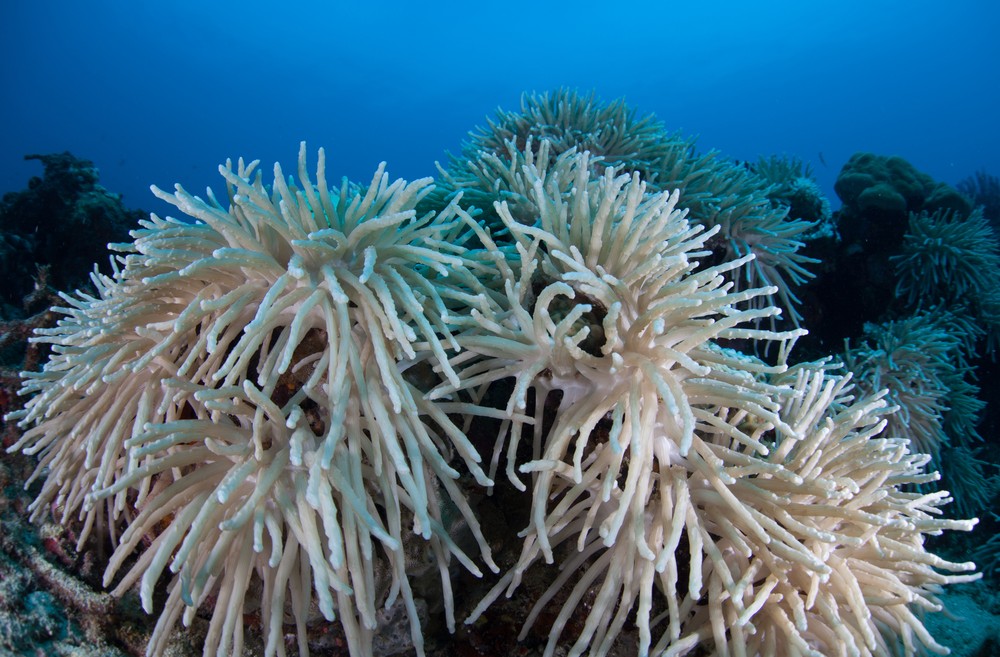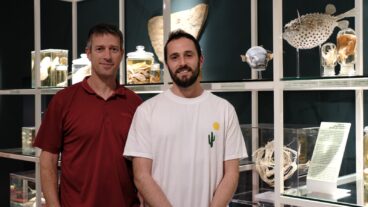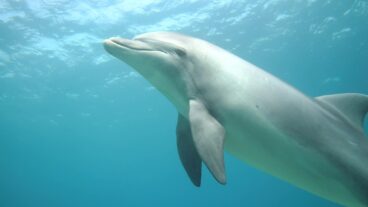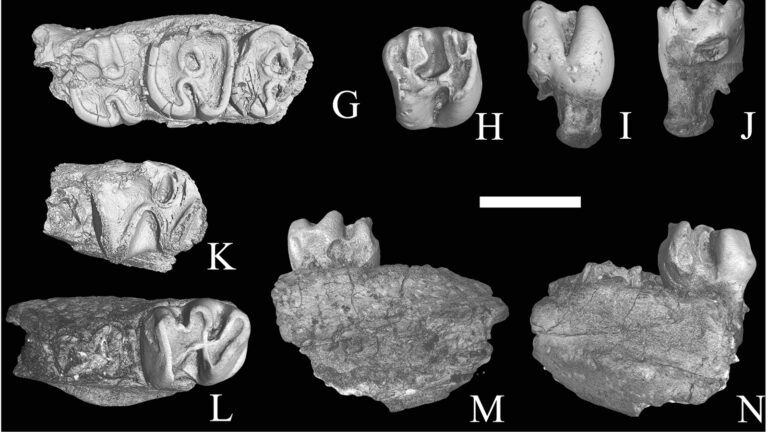New research by Israeli-American researchers has shown that sunscreen is destroying the planet’s corals and coral reefs.
According to the collaborative study, oxybenzone – a common chemical found in popular sunscreen brands that protects the wearer from the harmful effects of UV rays – is irreversibly damaging the genetic structure of the coral and turning it brittle and white.
Sunscreen is today promoted as the best way to keep skin cancer at bay while in the sun, but a joint study by Tel Aviv University, Ben Gurion University of the Negev, Haereticus Environmental Laboratory in Virginia, US National Aquarium, US National Oceanic & Atmospheric Administration, and other American labs, now shows that it is toxic to undersea ecosystems.
“The chemical, oxybenzone (benzophenone-3), is found in more than 3,500 sunscreen products worldwide, including mascara, lipstick and shampoo. It pollutes coral reefs via swimmers who wear sunscreen or wastewater discharges from municipal sewage outfalls [after sunscreen is washed off in a shower] and coastal septic systems,” said Dr. Omri Bronstein of TAU’s Department of Zoology, one of the principal researchers.
“We found the lowest concentration to see a toxicity effect was 62 parts per trillion — equivalent to a drop of water in six and a half Olympic-sized swimming pools.”
The study — recently published in the journal, Archives of Environmental Contamination and Toxicology – showed that when oxybenzone was released into the water, the coral’s genetic structure was damaged and it turned brittle and white.
The researchers found oxybenzone, a product that has already been identified as a threat to human health, made the corals more susceptible to this bleaching at lower temperatures, rendering them less resilient to climate change. They also found that the compound damaged the DNA of the corals, neutering their ability to reproduce and setting off a widespread decline in coral populations.
The study comes just two weeks after the National Oceanic and Atmospheric Administration (NOAA) declared the third ever global coral bleaching event after widespread bleaching in Hawaii and the Caribbean. The NOAA warned that local threats to coral, such as pollution, stress the health of corals and decrease their ability to resist bleaching.
It is a trend that is worrying environmentalists. “Corals shelter 25 percent of marine species, protect shorelines, support fishing industries, provide tourist dollars—and could be home to the next big, undiscovered medical breakthrough,” according to The Nature Conservancy non-profit organization.
Environmentally friendly sunscreen
The Israeli scientists warn that you don’t need a lot of sun block cream to harm aquatic life.
“We found the lowest concentration to see a toxicity effect was 62 parts per trillion — equivalent to a drop of water in six and a half Olympic-sized swimming pools,” said Bronstein.
In the Virgin Islands, for example, researchers found concentrations of oxybenzone to be 23 times higher than the minimum considered toxic to corals. Similar levels of the compound were found near the coral reefs in Eilat, according to Prof. Ariel Kushmaro, head of the Environmental Biotechnology Lab at Ben Gurion University, who also took part in the study.
As part of the study, Bronstein conducted experiments on coral embryos at the Inter University Institute in Eilat together with Dr. Craig Downs of the Heretics Environmental Laboratories.
“Oxybenzone pollution predominantly occurs in swimming areas, but it also occurs on reefs 5-20 miles from the coastline as a result of submarine freshwater seeps that can be contaminated with sewage,” said Bronstein. “The chemical is highly toxic to juvenile corals. We found four major forms of toxicity associated with exposure of baby corals to this chemical.”
Global reefs at risk of high exposure
The study also pointed to oxybenzone as an “endocrine disruptor,” causing young coral to encase itself in its own skeleton, causing death. And there was evidence of gross deformities caused by oxybenzone — that is, coral mouths that expand to five times their healthy, normal size.
The report estimates that between 6,000 and 14,000 tons of sunscreen lotion are emitted into coral reef areas each year, much of which contains between one and 10% oxybenzone. This, says the report, puts at least 10% of global reefs at risk of high exposure, based on reef distribution in coastal tourist areas.
“Current concentrations of oxybenzone in these coral reef areas pose a significant ecological threat,” said Bronstein. “Although the use of sunscreen is recognized as important for protection from the harmful effects of sunlight, there are alternatives — including other chemical sunscreens, as well as wearing sun clothing on the beach and in the water.”
“The use of oxybenzone-containing products needs to be seriously deliberated in islands and areas where coral reef conservation is a critical issue,” said lead author of the report, Dr. Craig Downs of Haereticus Environmental Laboratory Virginia. “We have lost at least 80% of the coral reefs in the Caribbean. Any small effort to reduce oxybenzone pollution could mean that a coral reef survives a long, hot summer, or that a degraded area recovers. Everyone wants to build coral nurseries for reef restoration, but this will achieve little if the factors that originally killed off the reef remain or intensify in the environment.”
This study is one of less than two-dozen scientific studies that closely examine the impact of personal care product ingredients on marine organisms and habitats. According to MarineSafe, a campaign concerned with the impact of these products on ocean health, there may be as many as 82,000 chemicals polluting our marine environments, just from personal care use.















